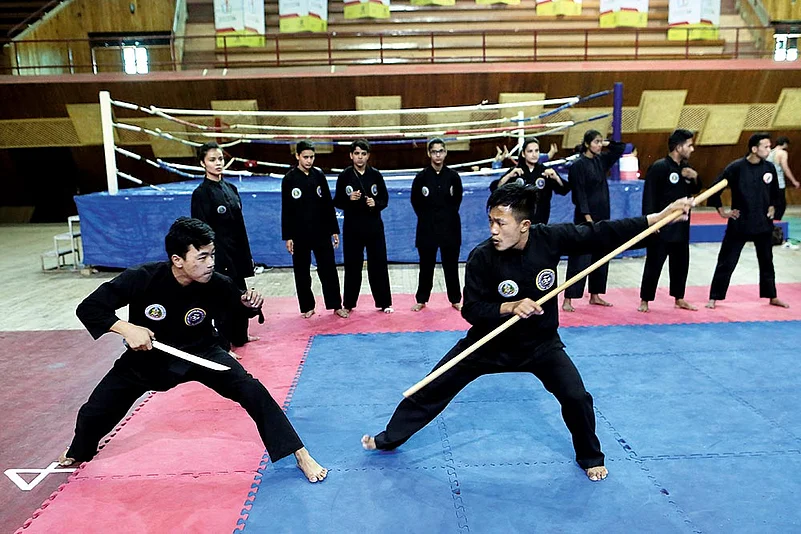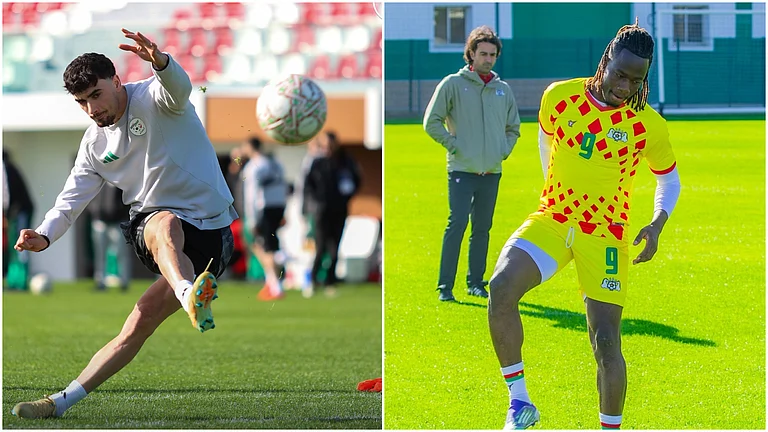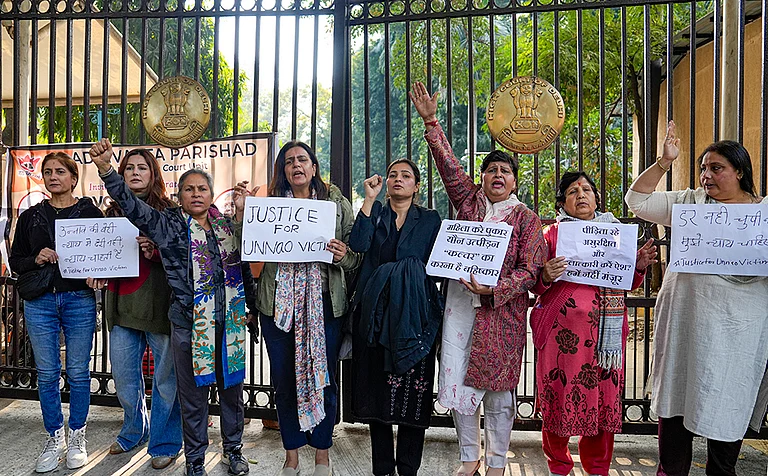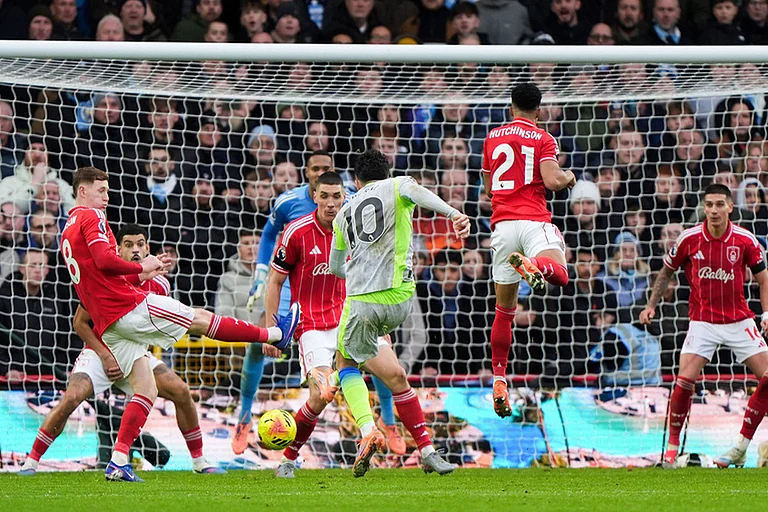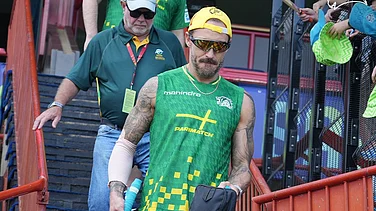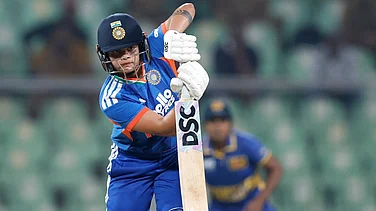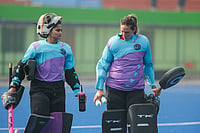Do you know what pencak silat is? Have you heard of kurash or ju-jitsu? Or wushu, or sambo? Well, these are sports in the upcoming Asian Games in Jakarta and Palembang for which many Indians are competing. Of these, ju-jistu is the only one India is not competing in. Of utmost significance is the fact that these sports, when looked at vis-a-vis the medals at stake, can potentially turn a country’s fortunes at the August 18-September 2 sports extravaganza. To a degree, India’s medal hopes depend on these disciplines at the Games.
Pencak silat, kurash, sambo, and ju-jistu—all various martial arts disciplines—will be introduced in the quadrennial Games, while judo, karate, taekwondo, and wushu have been medal events. The Indian Olympic Association (IOA) had initially announced a list of 524 athletes for the Asiad and 68 of those—almost 13 per cent—were martial arts exponents. The numbers could be reduced after the IOA dropped 20 pencak silat players and included the men’s handball team on July 17. These eight martial arts sports offer a hefty 92 gold, a number that has the potential to alter participating countries’ position on the medal table.
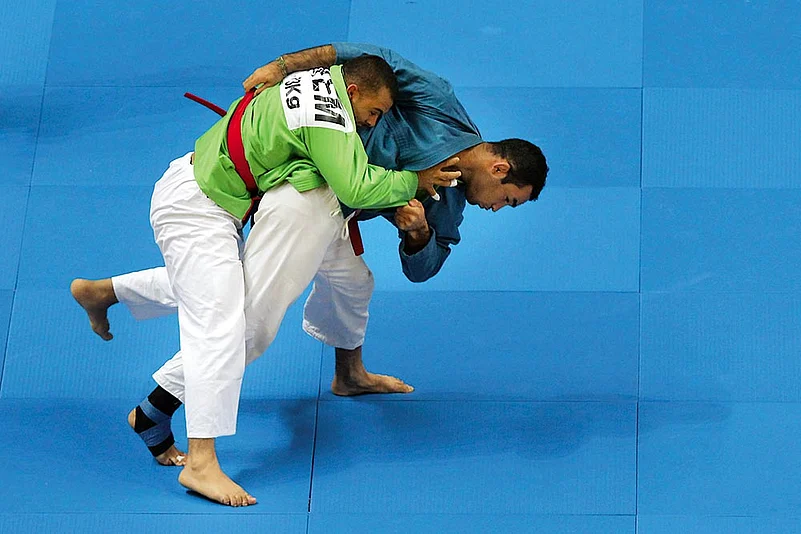
A game of kurash, an ancient martial art
What exactly are these sports, and how are they different from each other? Pencak silat—a traditionally Indonesian sport in which knives and rods are used in some events, besides punch, kick, sweep, and dings in others—may sound quaint, but it offers the most number of gold (16) amongst the martial arts events. The sport was first included in the 2008 Asian Beach Games and then at the 2009 Asian Indoor Games. It is largely played in the Indonesian/Malay archipelago, and comprises mental spirit, elements of art-and-culture and principles of self-defence as its main components. Competition is held in four categories—‘tanding’ (a match which comprises two players in a team), ‘tunggal’ (single), ‘ganda’ (a choreographed event with two players in a team) and ‘regu’ (a team comprises three players).
Some events are performed with empty hands and some with knives and sticks, with the players required to wear chest guards in all events. The pointed, but not sharp, knives are made of metal or wood and are between 15 cm and 20 cm long, while sticks are made of rattan and are between 150 cm and 180 cm long, having a 2.5 cm-3.5 cm diameter. A match lasts three two-minute-long rounds, interspersed with one-minute rest periods. Points are awarded to players considering a variety of factors based on their performance, like self-defence, attack, stamina, endurance, fighting spirit and richness of movement of techniques and synchronisation, etc.
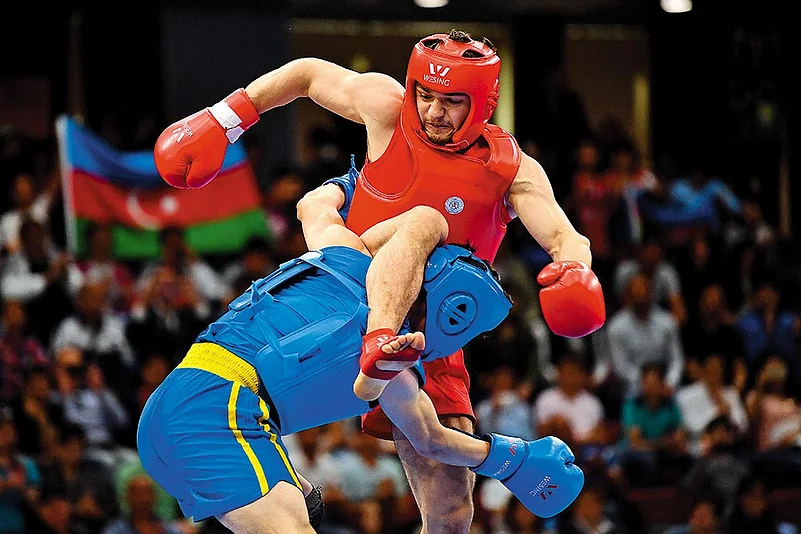
Wushu, comprising punches, and kicks, China is a powerhouse
The IOA had on July 3 announced that a 22-strong team, comprising 13 men and nine women, would compete in pencak silat. However, on July 16, the IOA cut 20 players, claiming that they did not qualify due to their low rankings, and added the handball team after the Handball Federation of India successfully moved the Allahabad High Court. When asked why the IOA took so long to discover the ‘low-ranking’ of pencak silat players, IOA secretary-general Rajeev Mehta failed to provide a convincing answer. Stung by the IOA decision, the Indian Pencak Silat Federation was mulling moving court. This happened even as a training camp for the probables was on at the Sher-e-Kashmir Stadium in Srinagar, with two Indonesians coaching them. “India has been ranked among the top five countries in Asia for a couple of years, thanks to the performance of our talented players. They have won medals at Asian-level tournaments, and I don’t rate them inferior to those from other countries. That is why I expect a minimum of five medals—mostly silver and bronze—though our players will try their best for a gold,” Mohammed Iqbal, director-general of the Indian Pencak Silat Federation, had told Outlook before the squad was chopped.
India has performed well in various competitions in the past two years. At the 2017 Singapore Open International Championship, Indian players clinched five gold, 12 silver and 12 bronze medals, to help the country finish third. The players qualified for the Asiad on the basis of this performance. Then, at a test event of the Asian Games held in Jakarta this February, Indians won one silver and four bronze as the country finished fifth. A 10-day advance training camp was held in Singapore in December and an 11-day camp in Jakarta in June, before the ongoing camp began in Srinagar.
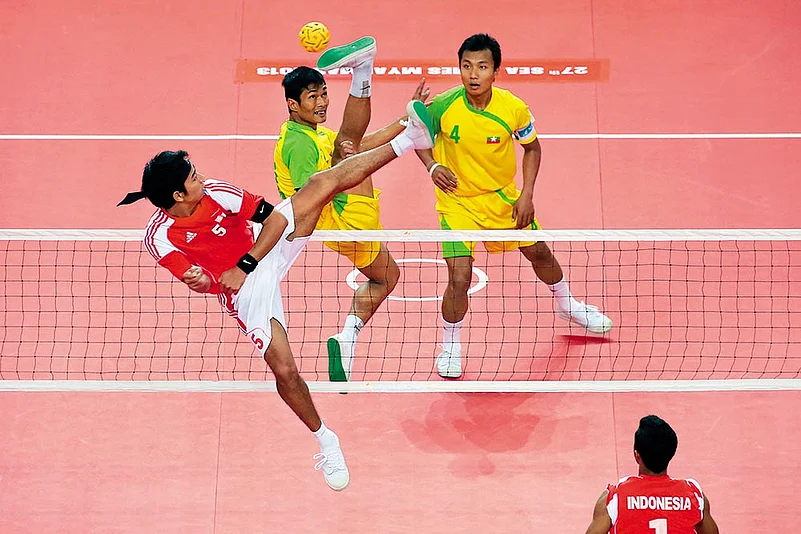
Indonesia plays Myanmar in a game of sepak takraw
In wushu, a traditional Chinese martial art first included in the Asian Games in 1990, a 13-member India team, including three women, has been picked. Players earn points for their movements, including stances, kicks, punches, balances, jumps, sweeps and throws. Some players in modern wushu are trying to master aerial techniques, such as 540-degree and 720-degree jumps and kicks.
Indian wushu players have performed reasonably well recently. At the 2017 World Championship held in Kazan, Russia, Pooja Kadian (75kg category) became the first Indian to win gold at that stage, while four players clinched bronze medals. But since Pooja’s category is not part of the Asian Games, she is not going, while out of the four bronze winners, only Bhanu Pratap Singh (60kg) is in the team. “Two bronze winners from the 2014 Asiad—Narender Grewal (then 60kg, now 65kg) and Arjuna Awardee Yumnam Sanathoi Devi (52kg)—are in the team. And we are expecting a medal each from them. Overall, we are expecting three to four medals, but we can’t commit on a gold as it’s a tough field because all the wushu powerhouses like China, Iran, Vietnam, South Korea and Philippines will be there,” national chief coach Kuldeep Handoo tells Outlook.
A training camp, which will last about one month, will soon begin at the Beijing Sports University and Shandong Sports Institute. From there, the team will head straight to Indonesia, says Suhel Ahmed, secretary of the Wushu Association of India.
Kurash, which resembles wrestling and is a traditional martial art of Uzbekistan that goes back centuries, has been included as a medal sport in the Asiad for the first time, though it was included in the Asian Indoor Games way back in 2007. It is played by two athletes, with one wearing a green jacket and the other a blue one. They try to throw each other down on to the ground to earn points. If one throws his opponent on his back he wins; if he sends him crashing on his side he gets points. The one who earns more points wins.
A 12-member kurash team, comprising six women, has been selected. In this sport, too, India has done pretty well at the continental level. For example, at the Senior Asian Championships, held in March in Pune, Indian players clinched one gold, two silver and 13 bronze medals, while the women’s team finished second and the men fourth. So, what are India’s medal prospects? “We are expecting four to five medals. In the men’s section, our hopes are pinned on Kunal (81kg), Manish Tokas (81 kg) and Parikshit Kumar (90+ kg), while in the women’s section Pincky Balhara (-52 kg) could win a medal. But I wouldn’t be able to predict the colour of the medals,” says Ravi Kapoor, secretary of the Kurash Association of India.
Amongst all the martial arts disciplines, the condition of practitioners of sambo, a combination of 98 per cent wrestling and 2 per cent judo, is pitiable. Two boys and four girls have qualified for the Asiad, but they are completely on their own, with no assistance of any kind coming from the sports ministry or the IOA. Unlike other sports that enjoy government patronage, these players are training at a local school in Hissar, Haryana, and are managing their own food and other expenses, says Deputy Ram Sharma, the chief national coach and secretary-general of the Sambo Federation of India (SFI). “The main reason is that SFI is not recognised by either the ministry or the IOA. The players are arranging their own food at the preparatory camp, now on at a school owned by former Asian Championship silver medallist Suresh Saini, who is also assisting me in coaching the players,” Sharma tells Outlook.
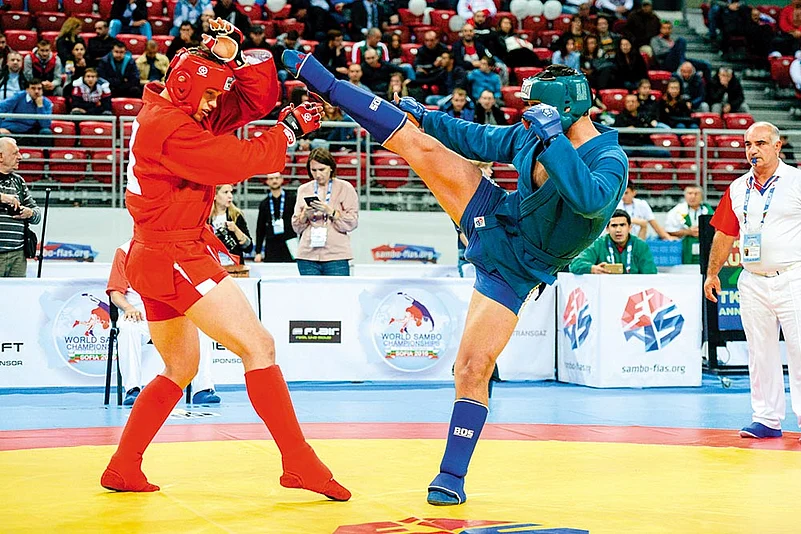
Sambo match in progress
About India’s medal prospects, Sharma says he is expecting two bronze medals. “The evergreen Lalit Narain, who first won gold at the 1994 Junior Asian Championship in 68kg and hasn’t looked back since, is a strong contender in the 90kg, while Rekha Saini provides hope of a medal in the women’s 48kg,” he says.
With the inclusion of so many martial art sports, some senior officials in the Union sports ministry and Sports Authority of India officials are worried that India might slip down from its eighth position, attained at the 2014 Asiad. They reason that since countries like Indonesia, Thailand, China, Malaysia, Vietnam, Iran, Vietnam, South Korea and Philippines are expected to dominate the eight martial arts sports, India might suffer in the absence of enough gold medals, as it is not absolutely sure of winning any.
“In 2014 in Incheon, India had won 11 gold to stand eighth among 37 medal-winning countries. Now, as eight martial arts events have 92 gold at stake, it is quite likely that even if India wins more than 11 gold, it might eventually finish below the countries that are traditionally strong in these sports,” said a senior official. Gold medals determine countries’ rankings on the table; in case two or more have an equal number of golds the silvers are considered; a tie in silvers brings into play bronze medals.
Be that as it may, Indian sportspersons must be lauded for venturing into unknown territory, head held high, proud creators of a tradition with no forebears in the country. It takes an adventurer of a rare sort to make the choice to grapple with pencak silat, kurash or sambo.






